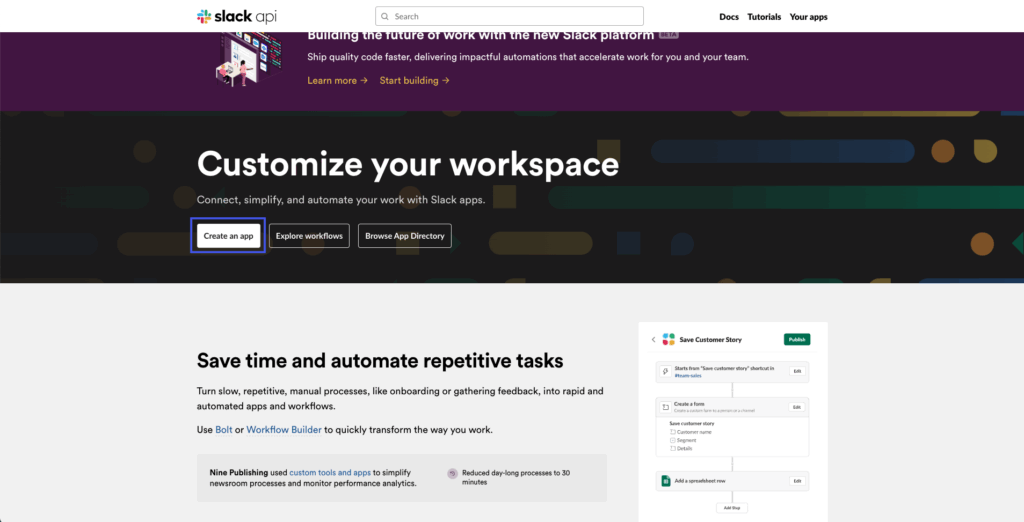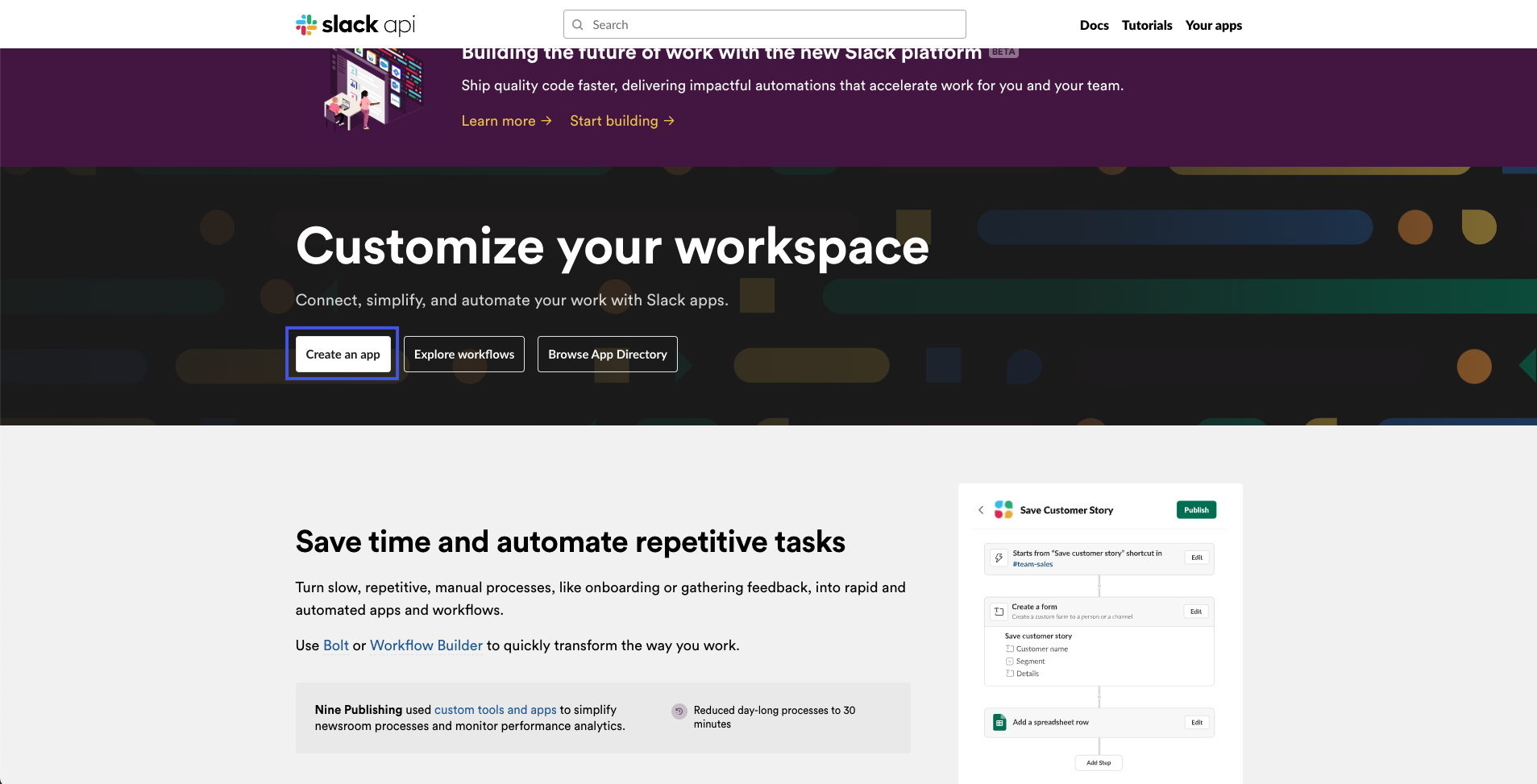
Slack Login: Your Comprehensive Guide to Accessing Your Workspace
In today’s fast-paced digital world, effective communication is paramount. Slack has emerged as a leading platform for team collaboration, streamlining conversations and workflows for businesses of all sizes. But to harness the power of Slack, you first need to master the Slack login process. This comprehensive guide will walk you through everything you need to know about accessing your Slack workspace, from basic login procedures to troubleshooting common issues and understanding security best practices. Whether you’re a new user or a seasoned Slack veteran, this information will ensure you can seamlessly connect with your team and stay productive.
Understanding the Basics of Slack Login
The Slack login process is generally straightforward, but understanding the different methods and options available can save you time and frustration. Here’s a breakdown of the core concepts:
Different Ways to Log In
Slack offers multiple ways to access your workspace:
- Email and Password: The most traditional method, requiring you to enter your registered email address and password.
- Google Sign-In: If your Slack account is linked to your Google account, you can log in with a single click. This streamlines the process and eliminates the need to remember another password.
- Apple Sign-In: Similar to Google Sign-In, this allows you to log in using your Apple ID.
- Single Sign-On (SSO): Many organizations use SSO providers like Okta or Azure Active Directory to manage user access across multiple applications, including Slack. If your company uses SSO, you’ll be redirected to your organization’s login portal.
- Magic Link: Slack can send a magic link to your email address. Clicking this link will automatically log you into your workspace without requiring a password. This is a convenient option if you’ve forgotten your password or prefer not to type it in.
The Slack App vs. Web Browser
You can access Slack through the desktop app or a web browser. The app generally offers a more seamless and feature-rich experience, with desktop notifications and offline access. However, the web browser version is a convenient alternative if you don’t want to install the app or are using a computer where you don’t have installation privileges.
Step-by-Step Guide to Logging In
Let’s walk through the Slack login process using the most common methods:
Logging In with Email and Password
- Open the Slack app or navigate to slack.com in your web browser.
- Enter your email address associated with your Slack account.
- Enter your password.
- Click the “Sign In” button.
Logging In with Google or Apple Sign-In
- Open the Slack app or navigate to slack.com in your web browser.
- Click the “Sign in with Google” or “Sign in with Apple” button.
- If prompted, select the Google or Apple account you want to use.
- Grant Slack the necessary permissions to access your account (usually just your email address).
Logging In with SSO
- Open the Slack app or navigate to slack.com in your web browser.
- Look for a “Sign in with SSO” or similar option.
- Enter your organization’s Slack URL or domain.
- You’ll be redirected to your organization’s SSO login portal.
- Enter your SSO credentials and follow the prompts.
Using a Magic Link
- Open the Slack app or navigate to slack.com in your web browser.
- Click the “Forgot password?” link.
- Enter your email address.
- Click the “Send Magic Link” button.
- Check your email inbox for the magic link from Slack.
- Click the link in the email. This will automatically log you into your workspace.
Troubleshooting Common Slack Login Issues
Even with a straightforward process, Slack login issues can arise. Here are some common problems and how to fix them:
Forgot Your Password
If you’ve forgotten your password, the easiest solution is to use the “Forgot password?” link on the Slack login page. This will allow you to reset your password via email.
Incorrect Email Address
Double-check that you’re entering the correct email address associated with your Slack account. If you’re unsure, you can try using the email address you use for other work-related accounts.
Incorrect Password
Make sure Caps Lock is off and that you’re typing your password correctly. If you’re still having trouble, try resetting your password.
SSO Issues
If you’re having trouble logging in with SSO, contact your organization’s IT support team. They can help troubleshoot any issues with your SSO configuration.
Two-Factor Authentication (2FA) Problems
If you’ve enabled 2FA and are having trouble logging in, make sure you have access to your authentication device (e.g., your smartphone with an authenticator app). If you’ve lost your device or can’t access your 2FA codes, contact your Slack workspace administrator for assistance.
Connectivity Problems
Ensure you have a stable internet connection. Try restarting your router or connecting to a different network.
Cache and Cookies
Sometimes, cached data and cookies can interfere with the Slack login process. Try clearing your browser’s cache and cookies or using a different browser.
Security Best Practices for Slack Login
Protecting your Slack account is crucial for maintaining the security of your team’s communications and data. Here are some security best practices to follow:
Use a Strong Password
Choose a strong, unique password that’s difficult to guess. Avoid using common words, personal information, or easily predictable patterns. A password manager can help you generate and store strong passwords.
Enable Two-Factor Authentication (2FA)
2FA adds an extra layer of security to your account by requiring you to enter a code from your authentication device in addition to your password. This makes it much harder for unauthorized users to access your account, even if they know your password.
Be Wary of Phishing Attempts
Be cautious of suspicious emails or messages that ask for your Slack login credentials or other sensitive information. Always verify the sender’s identity before clicking on any links or providing any information.
Keep Your Software Up to Date
Ensure your operating system, web browser, and Slack app are up to date with the latest security patches. This helps protect against known vulnerabilities that could be exploited by attackers.
Review Your Connected Apps and Integrations
Regularly review the apps and integrations connected to your Slack workspace. Remove any apps that you no longer use or that seem suspicious.
Log Out When You’re Not Using Slack
When you’re finished using Slack, especially on a shared computer, be sure to log out to prevent unauthorized access to your account.
Slack Login on Mobile Devices
The Slack login process on mobile devices is similar to the desktop and web browser versions. You can use your email and password, Google Sign-In, Apple Sign-In, or SSO to log in to the Slack mobile app. The mobile app also supports biometric authentication (e.g., fingerprint or facial recognition) for added security and convenience.
Managing Multiple Slack Workspaces
If you’re a member of multiple Slack workspaces, you can easily switch between them within the Slack app or web browser. The Slack app allows you to be signed in to multiple workspaces simultaneously, while the web browser version may require you to log in and out of each workspace separately. Managing multiple workspaces can be streamlined using the Slack desktop app’s multi-workspace support.
Conclusion
Mastering the Slack login process is essential for seamless collaboration and productivity. By understanding the different login methods, troubleshooting common issues, and following security best practices, you can ensure that you and your team can access your workspace quickly and securely. Whether you’re using the desktop app, web browser, or mobile app, Slack offers a variety of options to suit your needs. By taking the time to learn the ins and outs of Slack login, you can unlock the full potential of this powerful communication platform. [See also: Setting Up Slack Notifications] [See also: Integrating Apps with Slack] [See also: Slack Workspace Administration]

